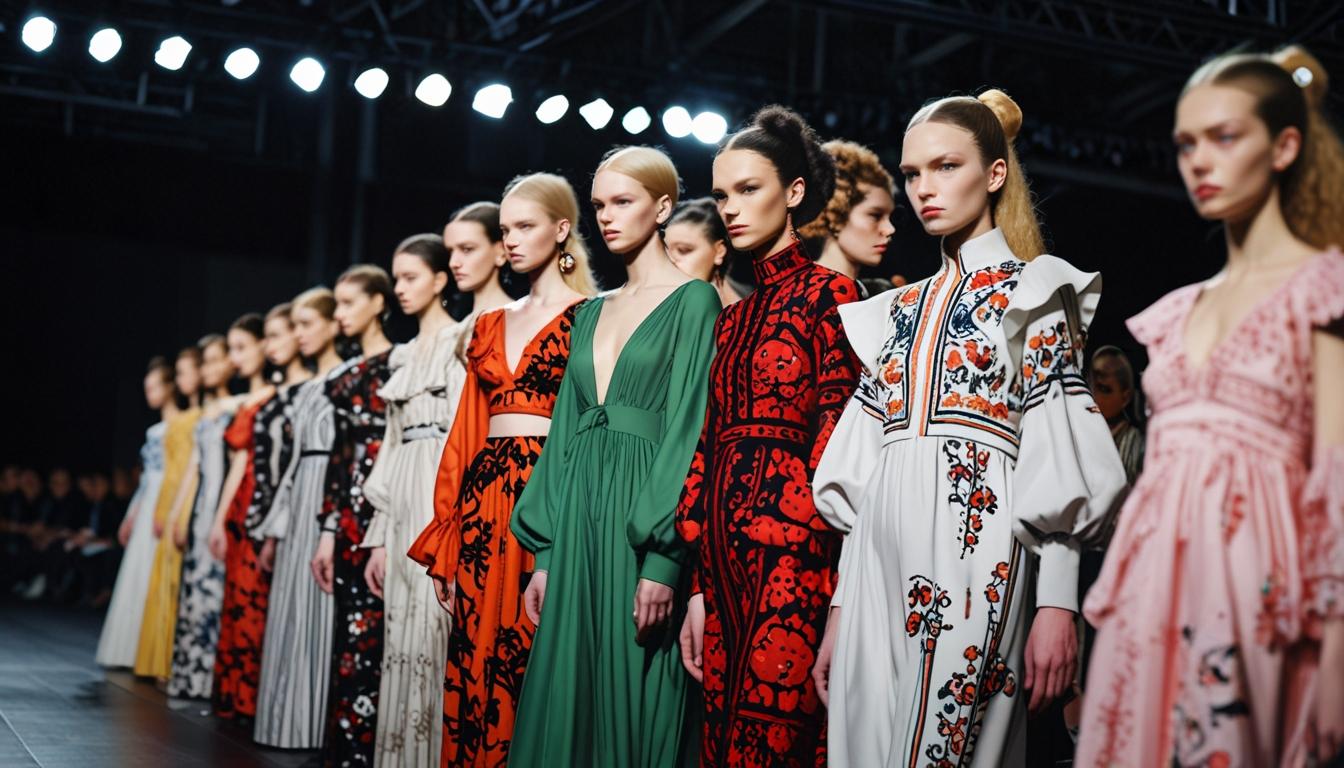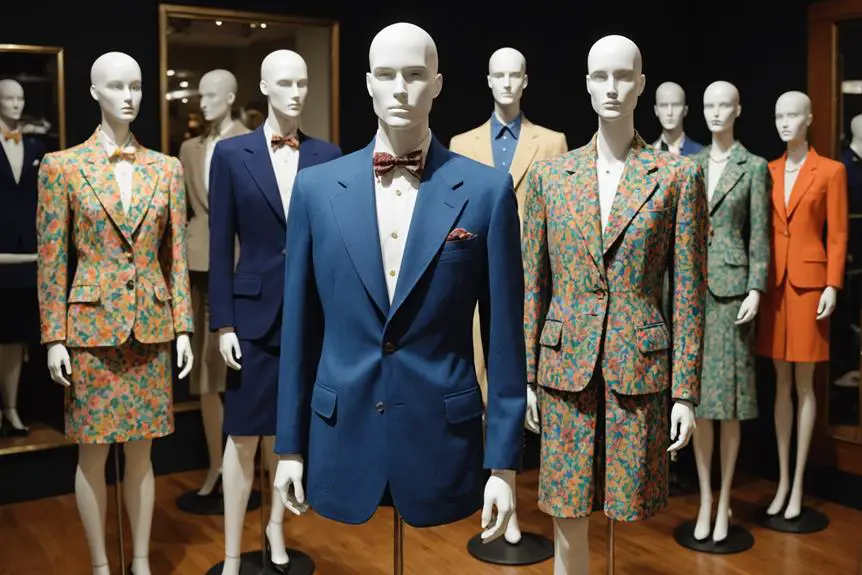The 2025 edition of Moscow Fashion Week featured over 200 brands and celebrated the diverse contributions of designers from around the world, with a special focus on sustainability and international collaboration.
The Moscow Fashion Week, held from March 13 to 18, 2025, in Russia’s capital, has once again established itself as a significant platform in the global fashion industry, showcasing a plethora of emerging and established talent alike. The event featured over 200 brands and hosted approximately 90 shows, attracting designers from diverse countries including Russia, India, China, the United States, South Africa, and Ethiopia, among others. This diversity within the event highlights Moscow Fashion Week’s commitment to nurturing the fashion ecosystem and facilitating collaboration among international designers.
Indian designer Samant Chauhan received significant attention for his latest collection presented at the event. His work was met with enthusiasm from fashion professionals, emphasizing the opportunities that prominent fashion weeks like Moscow’s offer. “Major fashion weeks serve as powerful platforms to gain international exposure. Through runway shows, media coverage, and industry networking, our brand can reach new audiences, establish collaborations, and strengthen its presence in the global fashion landscape,” Chauhan explained. He noted that Moscow Fashion Week, in particular, provides an avenue to connect with a vibrant market and foster meaningful partnerships.
Debuting at the event, the Indian brand CoEK – Khadi India focused on sustainable fashion, showcasing high-quality materials that reflect the ethos of deliberate design. Their presentation, part of a collective showcase organized by the Fashion Design Council of India (FDCI), was noted for its contribution to the emerging trends of sustainability in fashion, particularly relevant to the evolving landscape of South Asian fashion.
In addition to the Indian presence, Russian brand Grushevaya introduced a collection named “Sepia,” inspired by the nostalgic essence of old photographs. This collection featured flowing designs adorned with traditional Russian motifs, incorporating elements such as billowy sleeves and unique draping techniques. The use of a subdued color palette, which included shades of chocolate, beige, and sandy tones, added to its vintage aesthetic, evoking memories captured in classic photograph albums.
Another highlight was the collection from Alpe Cashmere, a Moscow-based brand influenced by the Arctic. Their designs emphasized cozy silhouettes and a variety of textures that resonate with the region’s stunning landscapes. The combination of high-quality cashmere and lightweight materials produced garments ranging from long knitted cardigans to stylish wool bombers, in contemporary colors such as milk, gray, and burgundy.
Overall, Moscow Fashion Week presented a wide array of styles and cultural influences, successfully showcasing the unique attributes of each participating brand. Particularly notable was the strong representation of Indian designers, who broadened the perception of the Indian fashion scene on a global stage, reinforcing its relevance and influence in the international fashion dialogue.
Source: Noah Wire Services




